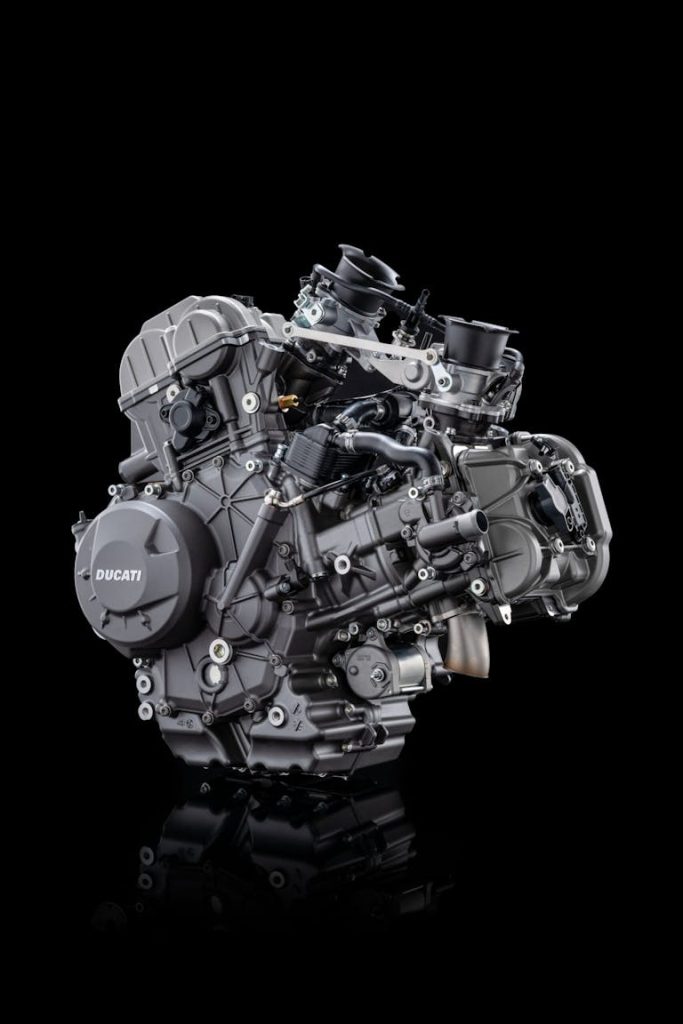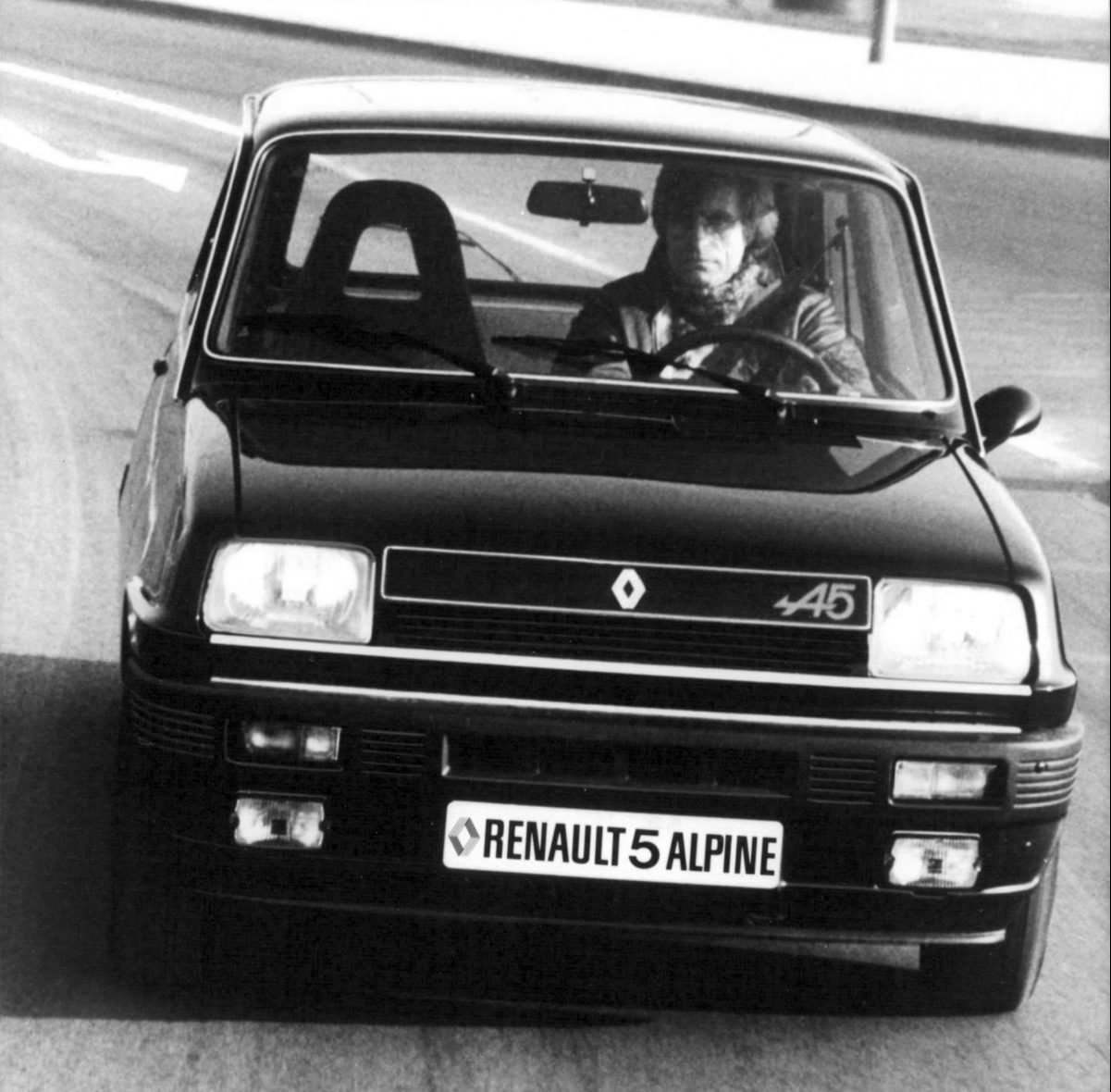A lot of trends in the world of motorcycles tend to correlate with those in the automotive arena, and by most any metric, those trends are headed up. Price, complexity, weight – they all go up with time. Anyone paying attention has noticed this over the years, but every once in a while some manufacturers manage to buck the seemingly inevitable inertia. One example that popped right to mind was the Porsche 911, and now we have the new Ducati V2 engine.
So many vintage engine designs have been all but forced into retirement due to ever-more-stringent emissions and packaging requirements. That’s part of the reason Porsche turned on the water spigot that flooded the engine compartment of the 911 back in 1997, creating the largest 911 yet. Yet the new 996 chassis dropped 50 kilograms from its predecessor, even with the larger footprint. Ducati took this page from the Porsche history book and applied everything it could to its newest engine, the V2.



The new V2 has been cut down to a svelte 54kg, making it 5.9kg lighter than the Testastretta Evoluzione, and 5.8kg lighter than the Scrambler Desmodue. All while pumping out 120bhp and 69lbft of torque. The 90-degree twin is old-school, but continues to live on thanks to some decidedly new-school technology.
Displacement is 890cc, with a bore and stroke at 96mm x 91.5mm, respectively. This oversquare arrangement helps move power up in the rpm range, and the lower end is assisted by the Intake Variable Timing system, which can alter the intake valve opening continuously for a 52-degree window of the camshaft rotation. The control system uses throttle position and engine rpm to alter the intake timing to maximise smooth power delivery.


The packaging of the water pump on the front cylinder head enables less of the mess of rubber hoses that have plagued the sides of Ducati’s naked bikes for years, and also helps with weight. Another item that helps keep the weight down is the water-to-oil heat exchanger located between the cylinders. This simplifies the look and also eliminates the oil cooler, making for a smaller and less delicate package. The V2 still keeps a relatively long 18,000-mile valve service interval. The cylinder head is also bolted straight to the crankcase, making the whole assembly extremely rigid. That’s something timing belts like.
The V2 will find its way into multiple models across the Ducati lineup, announced this week. Even sitting outside of a chassis, this engine stands as an interesting testament to how far internal combustion engine development and understanding have come, and might even hint as to how far it might be able to go. Weight has been the unfortunate byproduct of modern designs, but fortunately, a few brands have successfully bucked the trend. Mazda did it with the ND MX-5. Porsche with the 911. And Ducati with this new V2. Who will be next?






